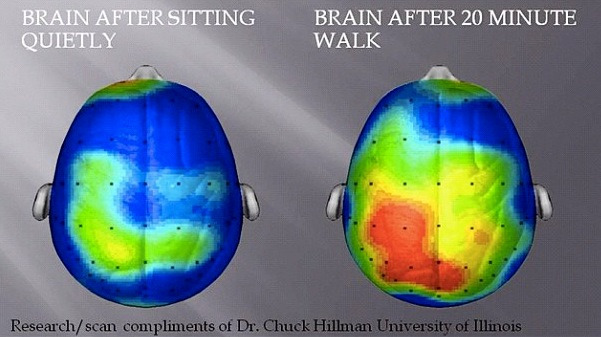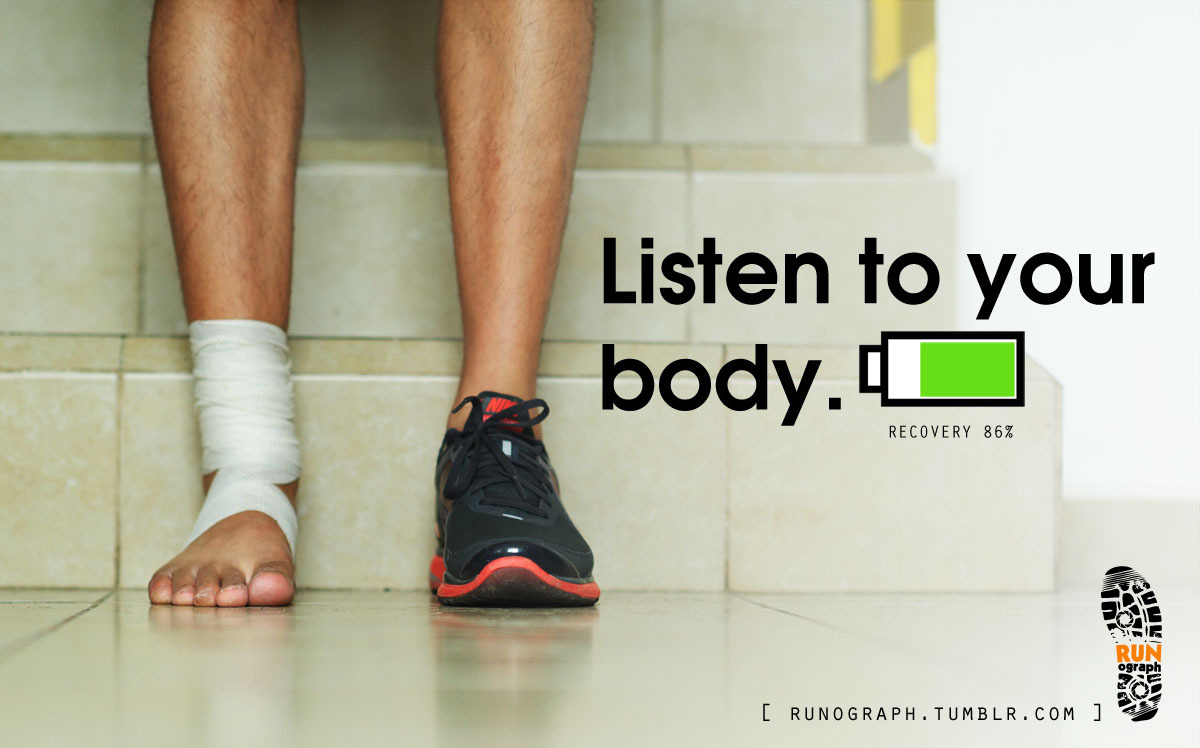| The main reason this blog has gone quiet for 2013 |
I see this black and white picture and I think pain, discomfort, and some meds that I really don't need to see again.
In this, my first post back from the long hiatus, I'll write a bit about the body, I'll write about the effects of injury on the body, and what all of this can teach us about keeping the body healthy.
 In much the same way that war can teach us geography and culture, injury can teach us
about the body and how it works. First,
a quick look at the spine. (This’ll be
fast, I promise!) As I've said to just about every client I have, our bodies don't have a great deal of supporting structures that connect the upper and lower halves. The only thing connecting the ribcage above and the hips below is the spine. This doesn't really relate to my injury, but it's certainly as good a time as any to reinforce the need for core strength. Those muscles throughout the core enable a tremendous amount of movement and provide critical stability for us to do anything from carrying luggage to walking a strong dog to closing a heavy car door.
In much the same way that war can teach us geography and culture, injury can teach us
about the body and how it works. First,
a quick look at the spine. (This’ll be
fast, I promise!) As I've said to just about every client I have, our bodies don't have a great deal of supporting structures that connect the upper and lower halves. The only thing connecting the ribcage above and the hips below is the spine. This doesn't really relate to my injury, but it's certainly as good a time as any to reinforce the need for core strength. Those muscles throughout the core enable a tremendous amount of movement and provide critical stability for us to do anything from carrying luggage to walking a strong dog to closing a heavy car door. The spine is divided into four sections: the cervical spine (neck area), thoracic spine (chest cavity), lumbar spine (lower back), and sacrum (sitting bones). There are 24 bony vertebrae each separated by a disc. These discs have been compared to a jelly donut with a tough ligament-like exterior on the edge that limits the amount of motion that can occur between vertebrae and a jelly-like interior that acts as a shock absorber.
 Nerves that connect the brain to various parts of the body run down the body
right behind the spine. These nerves
carry the electrical signal to the muscles to contract as well as the signals
from the receptors throughout the body back to the brain and are organized into
nerve roots that exit the spine at various places. Each nerve root has a collection of seemingly unrelated nerves that happen to run alongside each other.
Nerves that connect the brain to various parts of the body run down the body
right behind the spine. These nerves
carry the electrical signal to the muscles to contract as well as the signals
from the receptors throughout the body back to the brain and are organized into
nerve roots that exit the spine at various places. Each nerve root has a collection of seemingly unrelated nerves that happen to run alongside each other. The image to the left shows the lumbar (lower back) portion of the spine with the last lumbar vertebrae (L5) highlighted. Why did I highlight that one? Well, I'll get to that.
So, back to that black and white image from a moment ago. That's from a Magnetic resonance image (MRI) taken when the injury was at it's peak. I'll save you the explanation for how an MRI works. For me, it's a not-so-pleasant walk down memory lane that takes me back to all of my college physics courses. But, I will say this: MRI's use a very strong magnetic field to image the various materials inside the body. Each image is a cross-sectional scan through the body.
This image, taken from the front of the body shows the vertebrae of the lumbar spine down the center, the discs separating and providing shock absorption between each one, and the darker colored hip bones at each side on the bottom. A 20 minute session laying motionless on my back in a room-sized mechanical contraption that makes a considerable amount of noise yields about 150 images that all look something like this.
So, back to the injury. Think about each vertebrae making up the length of the spine. And the jelly-filled discs spacing out each one. And the arrangement of nerve roots traveling down the back of the spine each leaving the spine at various places along the spine. Here is the image in my body at the time:
Starting at the top, you see a healthy spacing between vertebrae and the collection of nerves running down the back of my spine. If you look close, you can even see a few of the nerve roots disappear as they break off to go to their destination. Then, there's that last disc between the L5 vertebrae and the sacrum -- the L5/S1 disc. Yeah, that's not right. That little black circle is a protrusion of the L5/S1 disc was causing a compression of my S1 nerve root. To bring in other medical terms that you may have heard of as well, injuries start as a 'bulging' disc. Then, they can bad enough that they are protruding -- like mine. And if the outer fiber of the disc forms a tear, it is called a herniated disc. These injuries are sometimes referred to "slipped discs" but that really isn't accurate since the disc really doesn't "slip."
In my case, the compressed nerve caused pain in my glutes, hamstrings, calves, the knuckles in the foot, and the top of my foot. At first, I just plain couldn't move. I spent a couple of days on my couch only able to get up a handful of times. Within a few days, I was able to walk just far enough to get to the car to get to a clinic to be seen. In another day or two, I could sit at my laptop for a half hour or so at a time and work. A few days after that, I could make it to work with the help of a heating pad for my glutes and then ice packs on my back. In time, I could move around a little better and I started training clients again, albeit with a fair amount of pain. For a while there, I found myself training clients while periodically sitting to put an icepack on the top of my foot to numb away the burning sensation. Finally, I got back to the point where I was at least functional and I could get through the day in relative comfort. That's when the fitness routine comes back in step-by-step.
 |
| from tumblr |
So, the war that was waged along my spine has taught us just a little about geography -- or the basic geography of the spine. Now, the injury in general can teach us just a little about culture -- or the culture of fitness.
As fitness professionals, we like to tell clients that being active will
make you feel energetic and lift your mood.
At first, you'll feel pretty good when you've worked out. Then, as you grow into your fitness program,
this good feeling becomes the norm. You
don't think about the improved mood when you have exercised. Instead, you just don't feel right if you don't
exercise.
Along with that improved energy and feeling of well-being comes a clearer mind that is more capable of solving tough problems quickly. Just like the improved energy level, this clearer more active mind becomes the norm and you don't notice the difference until you haven't exercised.
 |
| found on tumblr |
 |
| tumblr |
As I continue to dig my way out of the fun that 2013 has brought so far (yeah, little sarcasm there), I'll have more to say about what this "war" in my lower back can teach us about the body and being active. Until then, get out there and do something fun. Your body -- and mind -- will thank you!



No comments:
Post a Comment